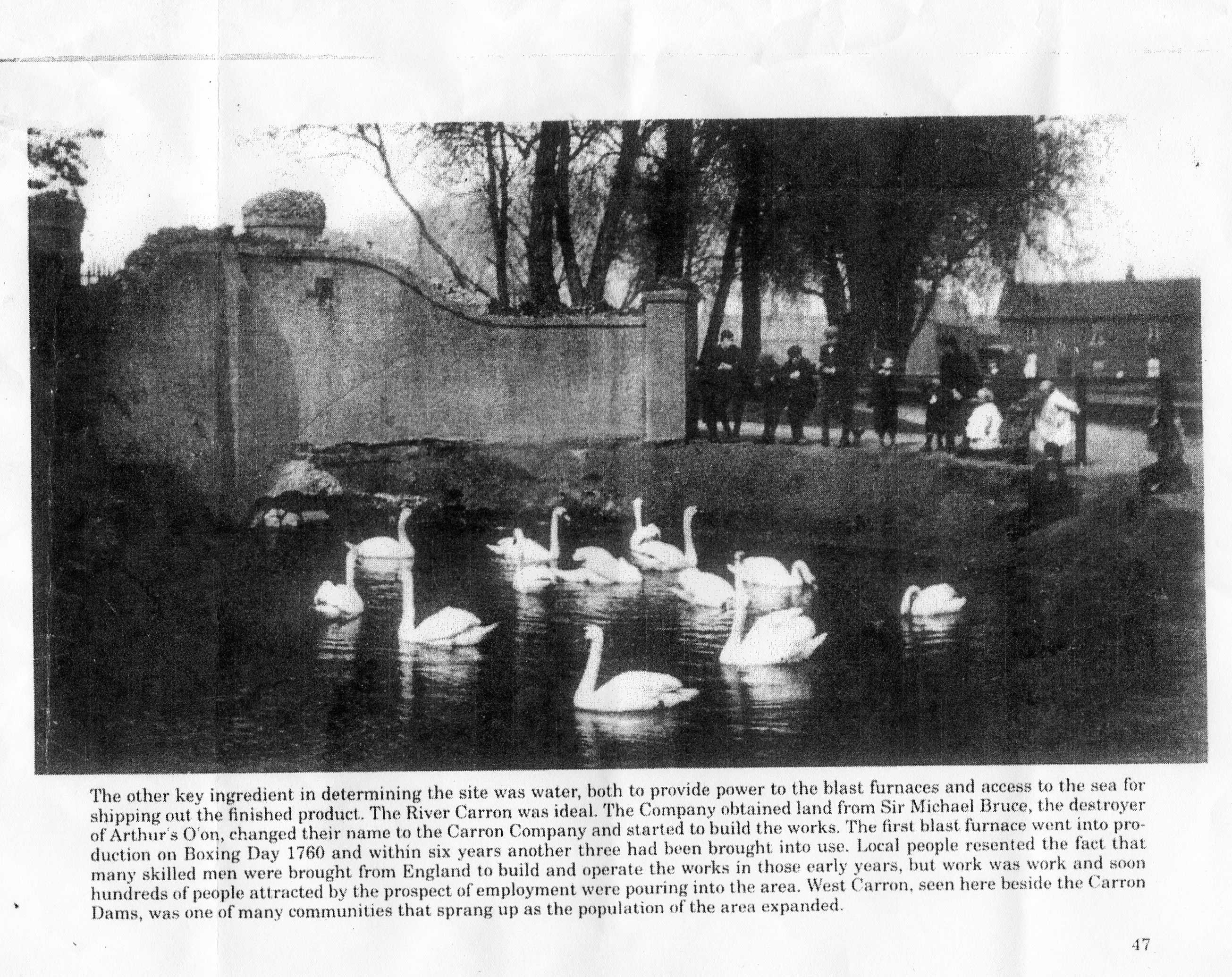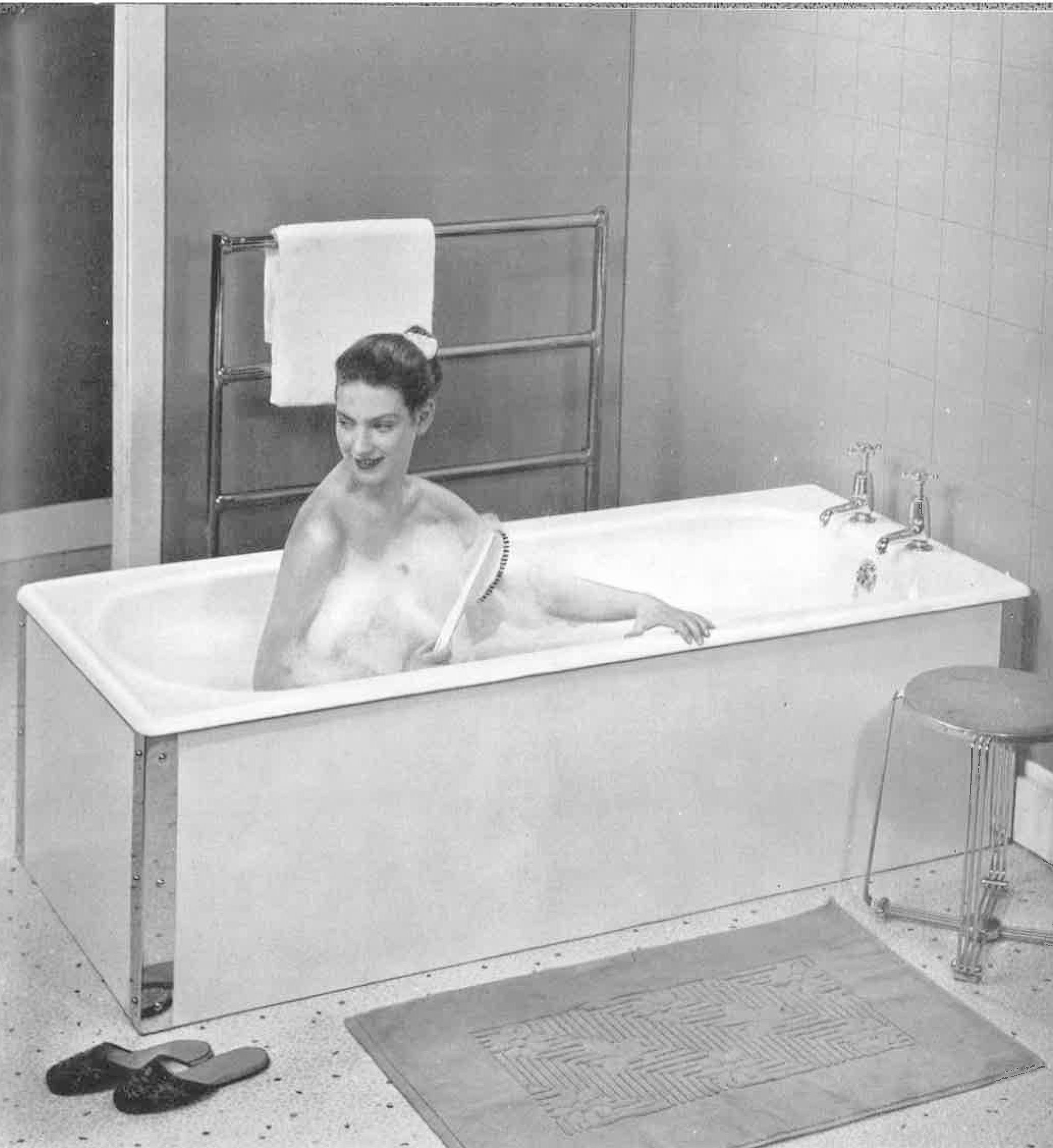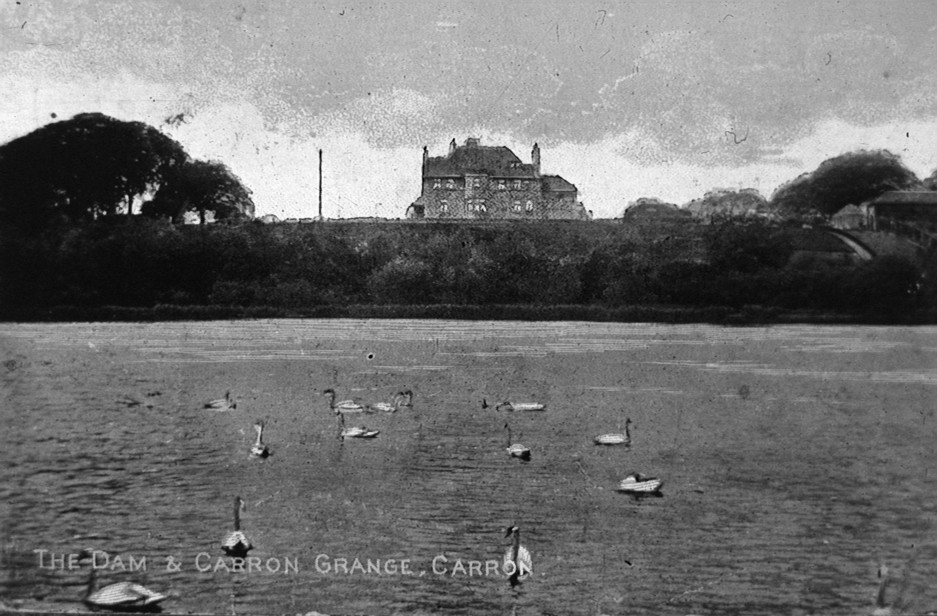The Hidden Histories: Lost Villages project interviewed people who had lived in the village of West Carron as children around the 1940s and 1950s. Here David Glen, who also lived in West Carron at that time, tells us religious life in the village, drawing on the memories of local people. You can read about the First House to the Last, and The Dawson Mission Hall in the Hidden Histories Collection.
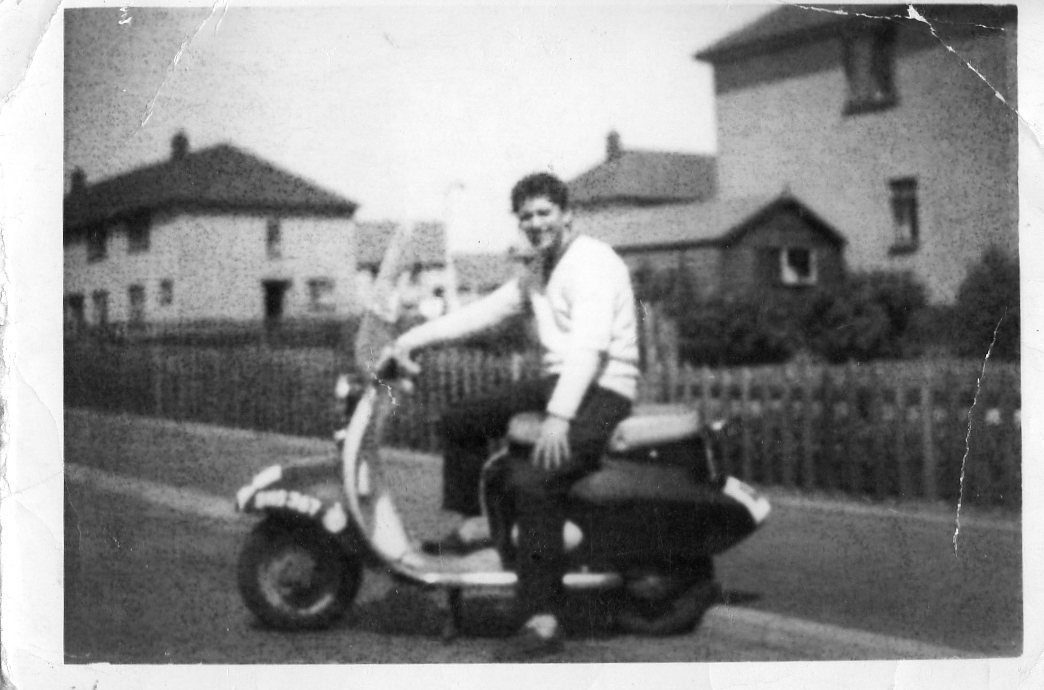

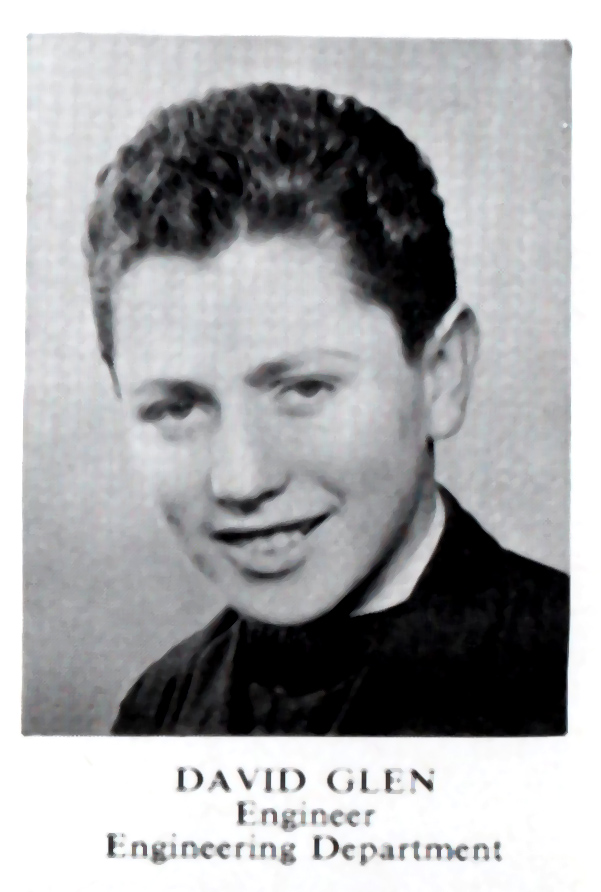

Early employment
I lived in West Carron between 1941 and 1954 before moving to Stenhousemuir. I started work in Carron Works Engineering Department (known as E department) when I was 15 and spent one year in the drawing office mainly as a copier of drawings and run-about tea boy. At the age of 16, I started a 5-year engineering apprenticeship starting in inspection, progressing to operating single and multiple vertical drilling machines, different types of lathes, and vertical and horizontal boring machines. I also spent time on fitting and machine maintenance, including the machining of Clyde and Tyne tunnel segments. I later worked within time study and production control.
Camraderie and sense of belonging
The people interviewed who had lived in West Carron as children around the 1940s and 50s agreed that West Carron village was a good place to live. They had positive memories of their childhoods, as everyone knew and watched out for each other. The amenities at this time included a football park, joy wheel, sandpit, and swings. There were seats around the areas that were well used by the villagers, especially in the summer. The centre square was a meeting place for games and impromptu concerts, with Bobbie Forbes playing the accordion and people dancing and singing outside. Two sisters remember playing at ‘houses’ in the dirt. They would sweep the dirt into ‘rooms’ and make pretend meals from the long grasses and ‘mince’ from the grass seeds. Other games included swinging round a rope tied to the clothes pole and adventures up by the lade to feed the swans, before heading across to the lido in Stenhousemuir. They also remember a West Carron Gala Day on the square but do not think this was an annual occurrence.
They had positive memories of their childhoods, as everyone knew and watched out for each other.
fields['text']) echo $section->fields['text']; ?>
Characters
The entrance to the village was via the West Carron Road (known as “the dykes”), that ran parallel to the River Carron – this connected to the Falkirk Road at Carron Bridge. As this road was unlit until c.1900, children walked to and from Carron Primary School in the dark during the winter months. The road had a gent’s toilet halfway up the road for the men of the works. The children thought a ‘bogey man’ lived there and would always run past it as part of their journeys.
Some of the interviewees remember Mary McKinley, known as Granny McKinley, who was the unofficial midwife of West Carron, delivering many of the babies. Others remember “Hullo Will” (Willie Cowie), a one-legged gentleman who liked to greet everyone, and could still play football with only one leg and a crutch.
River rescue
The three Forbes sisters remembered their father, Robert “Bobbie” Forbes rescuing a young boy who had been playing on the “dykes” next to the river and fallen into the River Carron in the early 1950s. Their father stripped off and dived into the water to save the young boy. Later, an article appeared in the Falkirk Herald, crediting their father with the brave rescue.
Walks
A favourite walk for many residents of the area on a summer day was along the footpath next to the lade, past the private footbridge from the old house of Mount Carron, which sat nestled in an array of azaleas and rhododendrons. The house had been built in the early 1760s for Thomas Roebuck, one of the founding partners of Carron Company and brother of the more famous inventor and industrialist Dr. Roebuck.
The railway line to the slag hill ran close by and if the engine with its train of slag ladles passed, the traveller would feel the tremendous heat and experience the smell and noise of the "Manning Wardle" steam locomotive, labouring along on its journey. The walk continued past the lands of Crownest, which had caused no end of bother to young William Cadell (one of the founders of Carron ironworks) in 1760 with the tenant farmers demanding more money when the lade was being built.
By the early 1950s these lands were being built on and many of the houses there such as Lamond View, were used to accommodate some of the outgoing West Carron villagers. Today, something resembling this walk has been introduced as a public right-of-way from the Stenhouse Road at Carron to the Falkirk Road at Larbert. This stroll was a favourite one of William Jack in the 1840s and Dr. John Roebuck years before, in the 1760s, shortly after he set the whole Carron project in motion and changed the life of this community for ever.
By David Glen.
